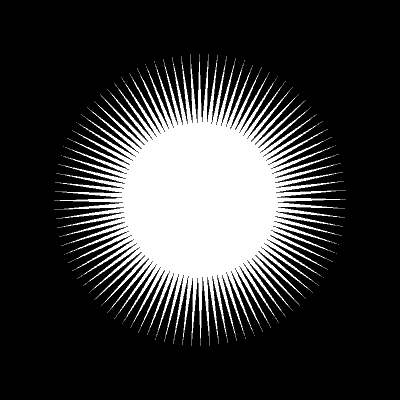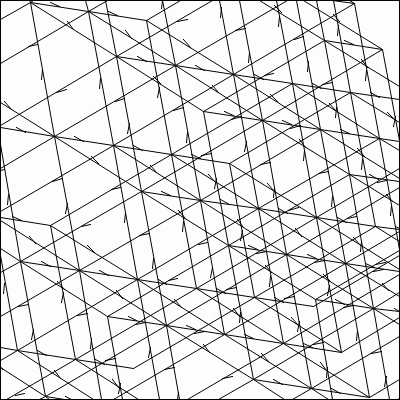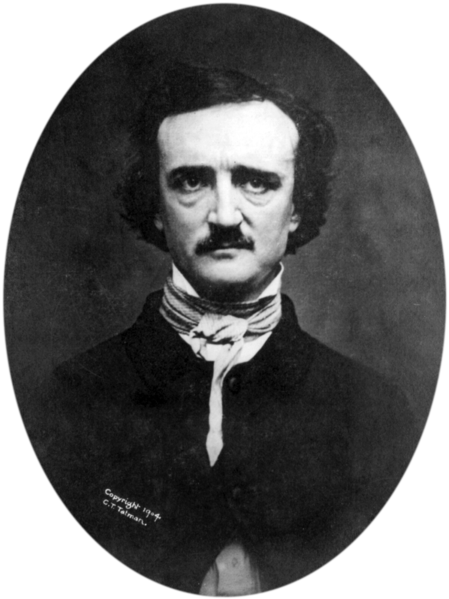|
|
Craig White's Literature Courses American Renaissance & American Romanticism |
|
|
Styles of Three American Renaissance Poets compared: Edgar Allan Poe
(1809-49) |
 Whitman Style Sheet |
Style means both technique & genre on one hand, and content / subject matter on the other—both the how and what that make a writer's style partly unique to themselves but also true to their moment in history or their circumstances.
During the American Renaissance or antebellum era, three of the USA's greatest lyric poets developed unique personal styles that can be compared to each other in terms of their appeals to readers and scholars.
| category / author |
Poe |
Dickinson |
Whitman (1819-92) |
| formal verse or free verse? |
most
formal and musical or lyrical: traditional or fixed verse forms like the sonnet, ballad, etc. |
formal base (e.g. ballad or hymn stanzas) but informal, free verse, modern variations (improvised punctuation, line shifts, half-rhymes or off-rhymes) |
least formal >
free verse (but other poetic structures persist, esp. anaphora / parallelism & catalog; also alliteration; metaphors, other figures of speech) |
|
characteristic contents or subject matter |
gothic, desire-loss, long ago & far away, exotic or oriental | gothic, desire-loss, but domestic settings (instead of exotic) become universally meaningful; everyday encounters with death become universal metaphors | everyday, urban American life becomes poetic subject; the American frontier and expanding nation; some representation of multicultural figures |
| Romanticism or Realism? | textbook or formula Romanticism: escapism to "anything but here and now" (a reader of Poe would never guess Poe lived in American cities); use of Romantic rhetoric, esp. language of extremes |
Romanticism + American
Transcendentalism Dickinson not part of Transcendentalist movement but shares its interest in spiritual or mystical dimensions of everyday life. Everyday household or natural images may be realistic, but they become symbols of transcendent or mystical meaning |
Whitman the most realistic of
Romantic poets: attention to city life, details of human existence,
inclusion of risque or unseemly subjects; but also Romantic love of nature, Transcendentalist mysticism or union, romance-narrative quests for union or transcendence. |
| appeals to readers, scholars | musicality, theatricality, formal verse easy to memorize; mystique of Poe-legend | Wrote app. 1800 lyric poems, each extraordinary or unique; elusiveness, ambiguity, delicacy, surprise- or shock-value as aesthetic value. | Makes common subjects worthy of poetic wonder and beauty; courageous exploration of forbidden subjects; reaches out to reader, forces identification; enormous influence on later poets by "freeing verse" and revolutionizing subject matter of poetry |
![]()
Poems by each poet studied in American Renaissance:
Poe (Poe Style Sheet)
Dickinson (Dickinson Style Sheet)
[I felt a funeral in my brain]
[Dare you see a soul at the White Heat?]
"[I heard a fly buzz, when I died"
Whitman (Whitman Style Sheet)
"There was a Child Went Forth"
"When I Heard the Learn'd Astronomer"





